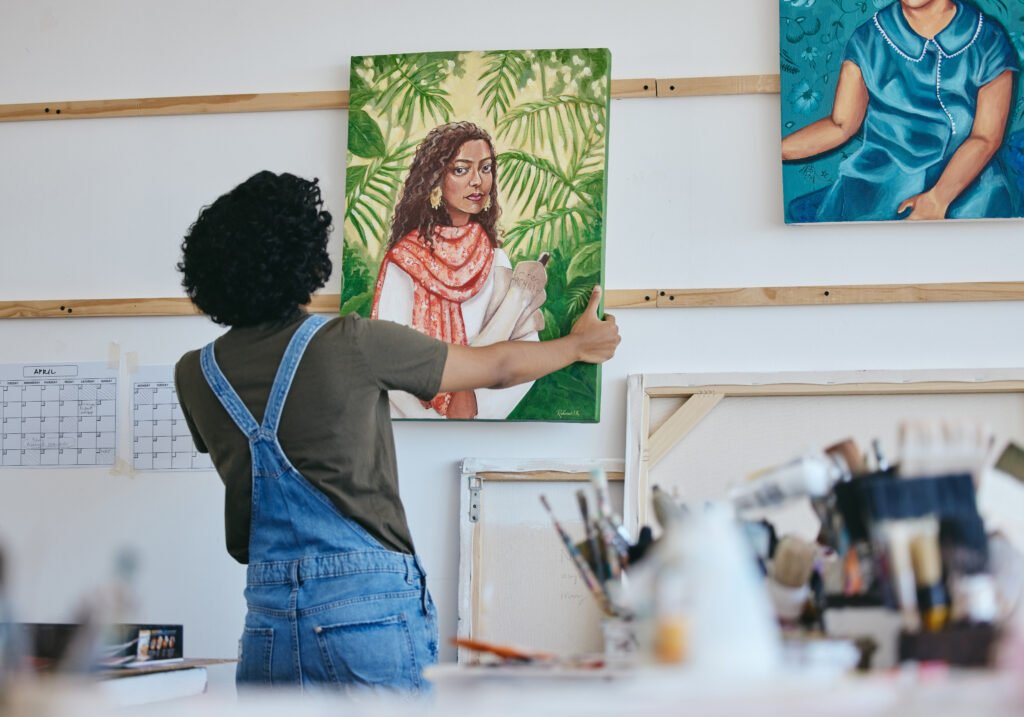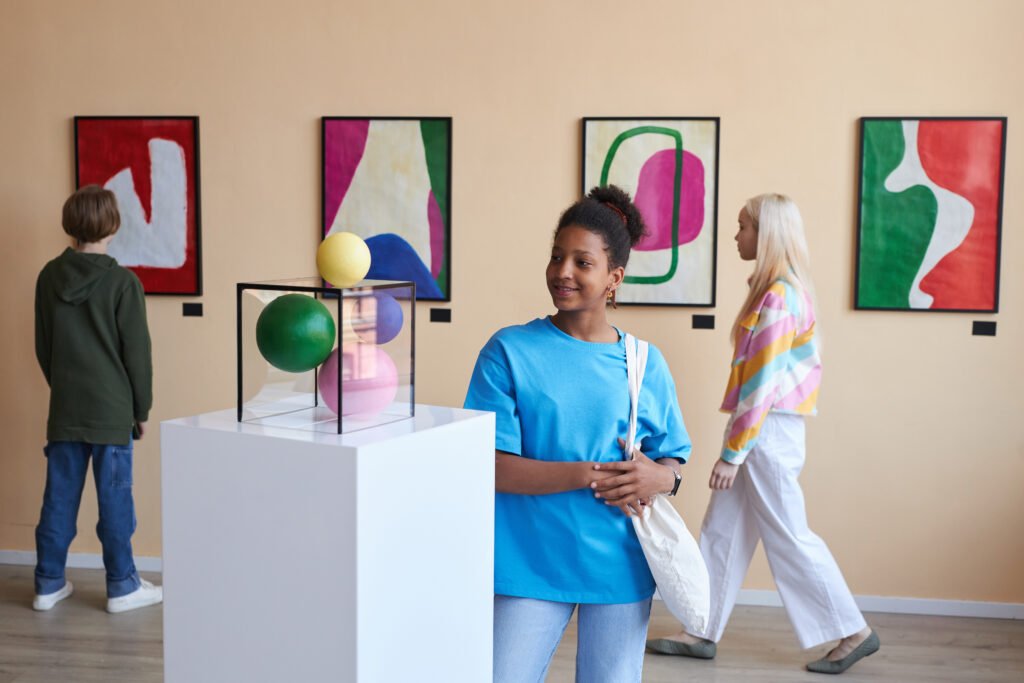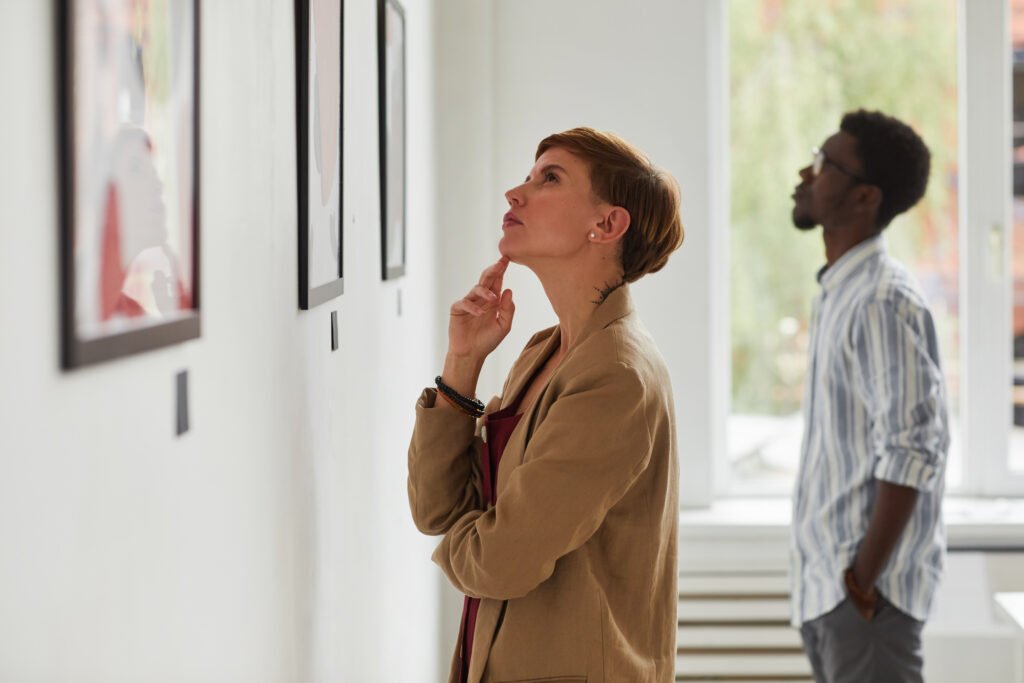In recent years, the art market has expanded beyond traditional galleries to become a major player in the world of alternative investments. Whether driven by passion or financial strategy, more people are entering the world of collecting with the goal of buying art and diversifying their portfolios.
This movement is fueled by the rising value of contemporary works and the convenience of purchasing pieces through online platforms. However, success in this area requires a solid understanding of what drives an artwork’s value and what precautions are essential before investing.
The Cultural and Financial Value of Art Market
One of the most notable aspects of the art market is its dual nature: a work of art can be appreciated both as an aesthetic expression and a financial asset. According to the Art as an Asset Class study by Maastricht University, art investments can generate annual returns of 5% to 8%, particularly in emerging markets like abstract art.
However, appreciation does not occur randomly. Factors such as the artist’s career, the work’s authenticity, historical relevance, and recognition by influential institutions play a key role. A recent example is the rise of Latin American artists, whose global appeal has significantly increased the value of their works.
Abstract art, in particular, stands out for its versatility in decoration and its ability to resonate with diverse audiences. When someone chooses to buy abstract art, they are acquiring not only a visually compelling piece but also a potential long-term investment, especially if the artist’s trajectory is ascending.
How to Safely Evaluate and Buy Art
Before buying art — whether in physical galleries or online — it’s essential to follow technical and practical criteria. Authenticity certificates, exhibition history, participation in auctions, and bibliographic references are critical documents. According to the London School of Economics, experienced buyers prioritize works with complete documentation, as they offer more legal security and future liquidity.

Knowing where to buy is also crucial. Today, the best places to buy art include not only renowned galleries but also specialized online platforms such as Artsy, Artspace, and Saatchi Art. These platforms offer direct access to artists worldwide, verified appraisals, and secure transaction systems — making collecting more accessible and professional.
The growth of online art fairs and virtual exhibitions also contributes to wider access to diverse styles and origins. Buying art online is no longer a risky gamble but rather a strategic practice in the world of cultural investments.
Risks and Considerations When Investing in Art
Like any valuable asset, investing in art demands careful analysis. Artworks can be difficult to resell, and liquidity depends on market interest, the condition of the piece, and aesthetic trends. According to Collecting Contemporary Art by Adam Lindemann (2006), investing in art requires patience, knowledge, and a certain degree of intuition.
A significant concern is the risk of forgeries. Blockchain technology has emerged as an effective tool for certifying authenticity, especially in online sales. This digital solution ensures transparency, providing a verified provenance that protects both artists and investors.
Ultimately, it’s crucial to balance emotion with rational decision-making. Collecting should be fueled by a genuine desire to engage with art, but also supported by careful market analysis. When well-planned, art investment can be both financially rewarding and culturally enriching.



